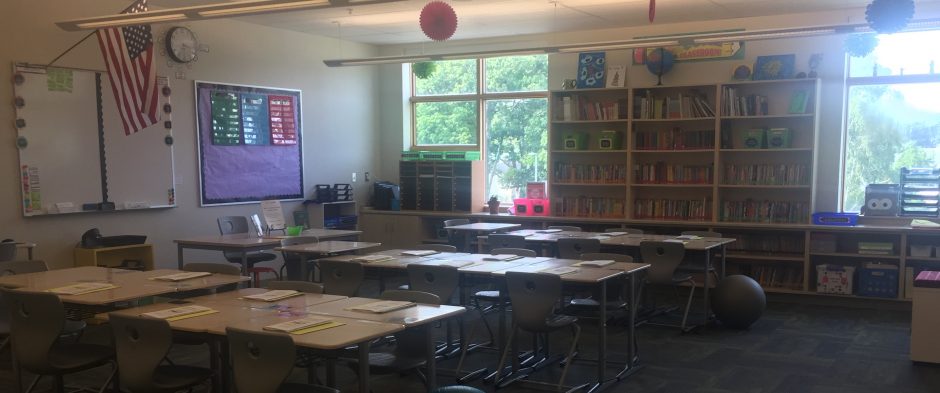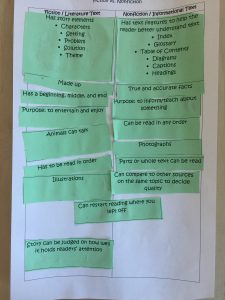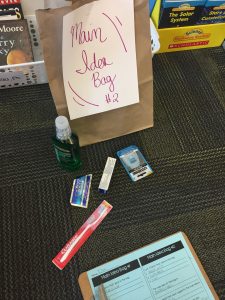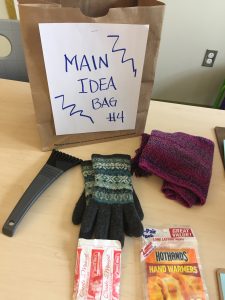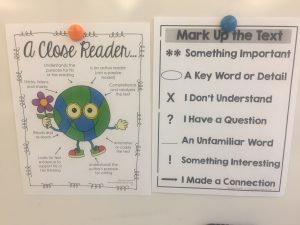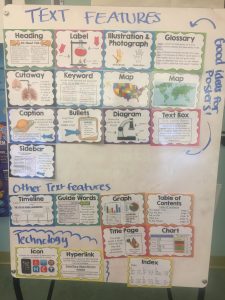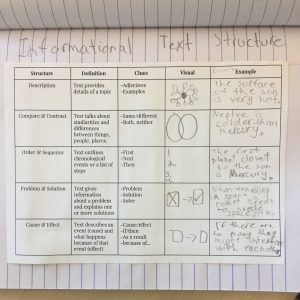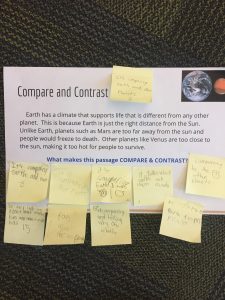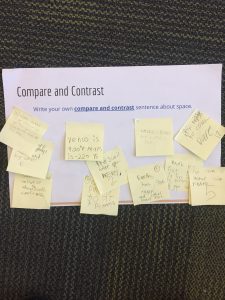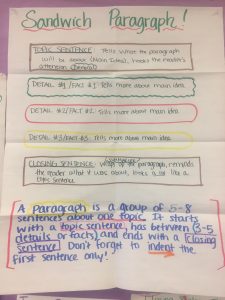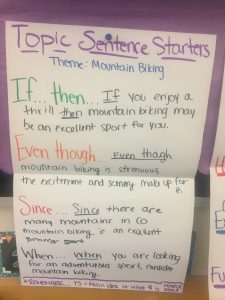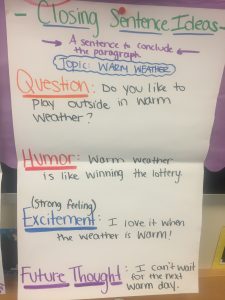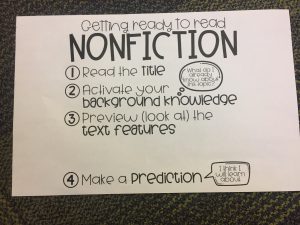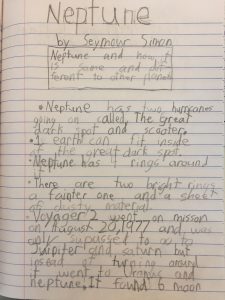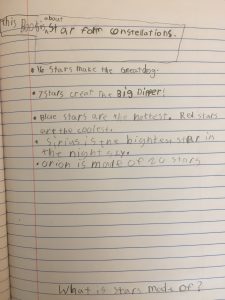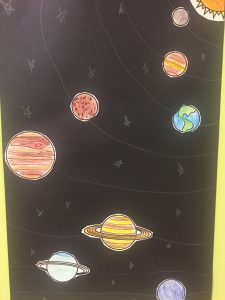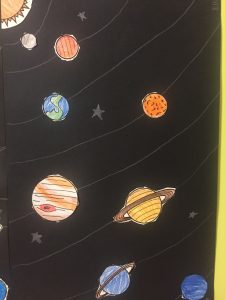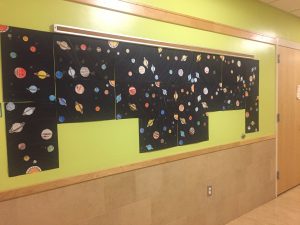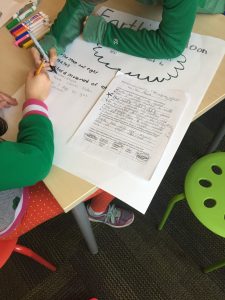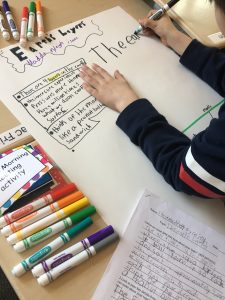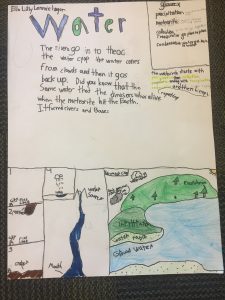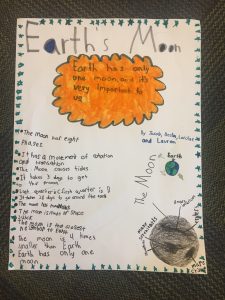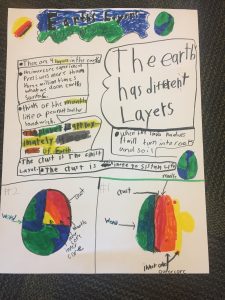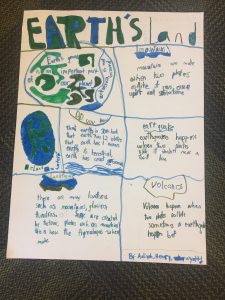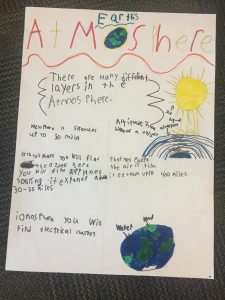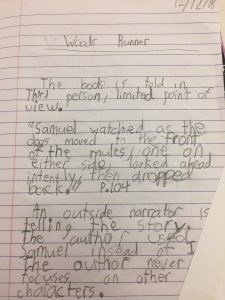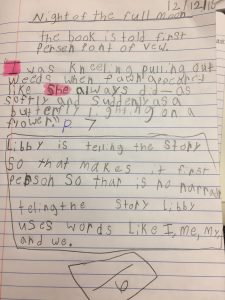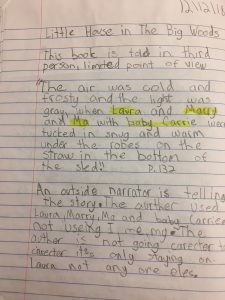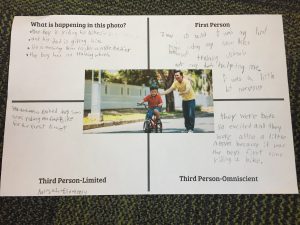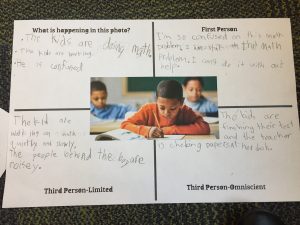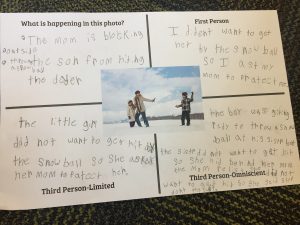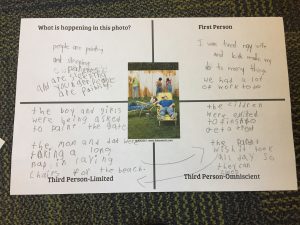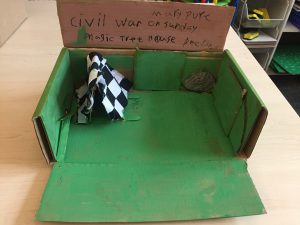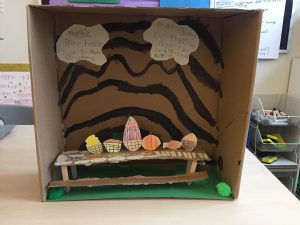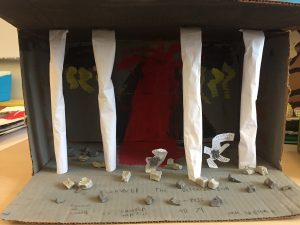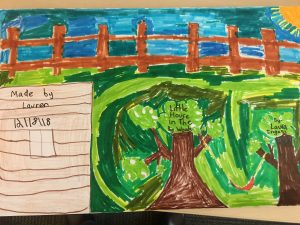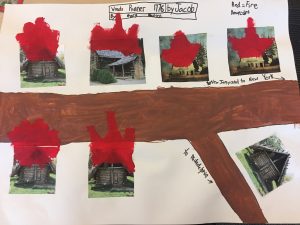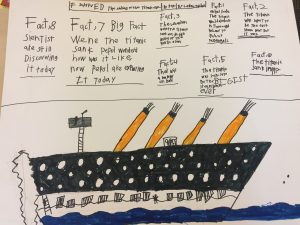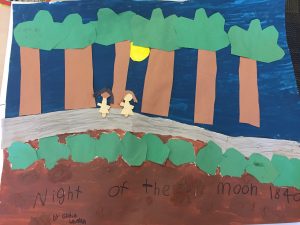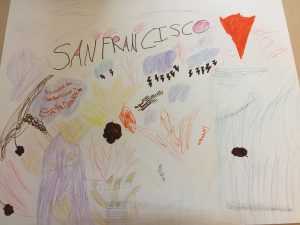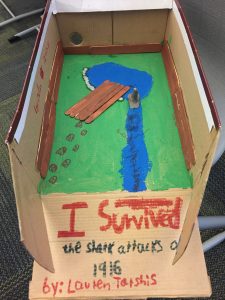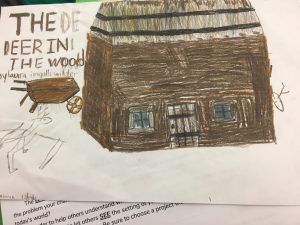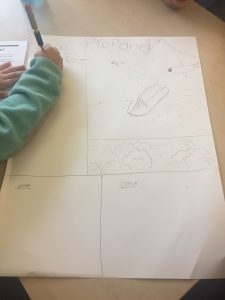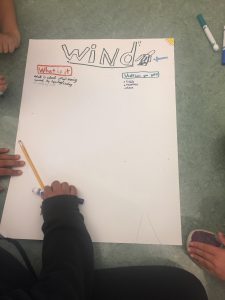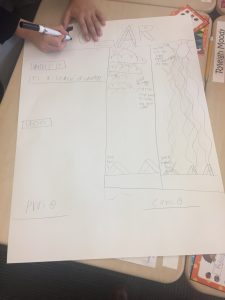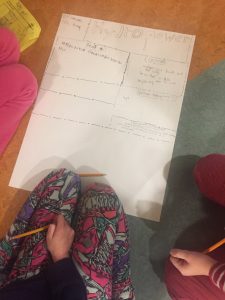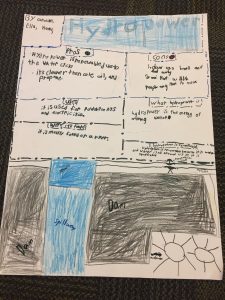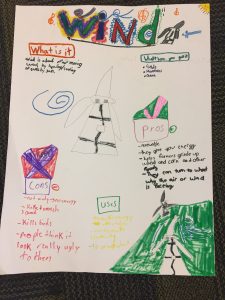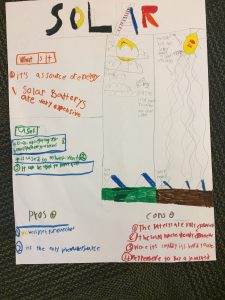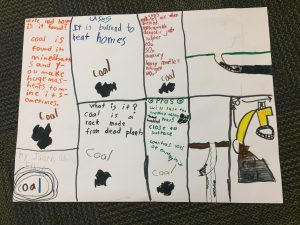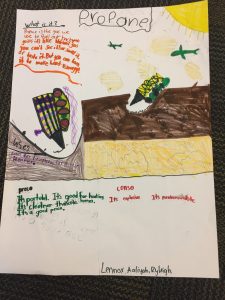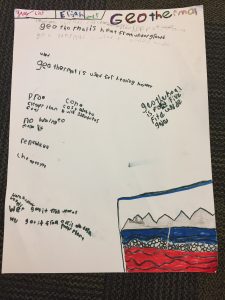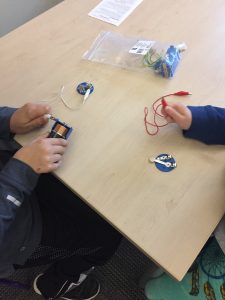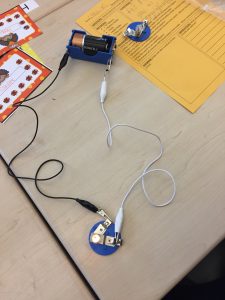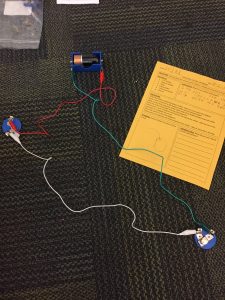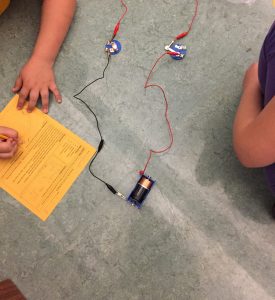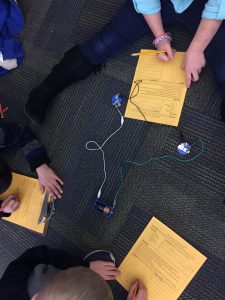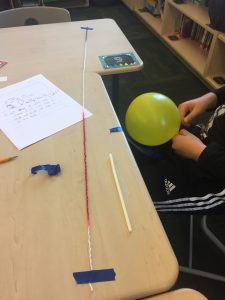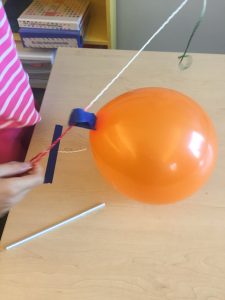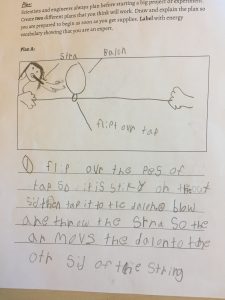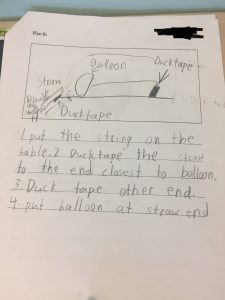Literacy: In literacy we are going to be spending the next several weeks studying impactful citizens. At the end of the project students should be able to answer the following questions:
- What is an impactful citizen?
- How can I impact my community?
- How have influential people in history made changes?
Students will choose an important person to learn more about by reading a biography (or two). Students will be identifying qualities the person had along with the impact the person had on their community. This unit will tie our biography genre study together with our social studies units on community and Brunswick history (impactful citizens in our community). The unit will culminate with students writing a persuasive essay explaining why the person they researched is influential.
This week we watched a clip of Martin Luther King, Jr.’s “I Have a Dream Speech” to kick our project off. Students discussed the differences between the words leader, citizen, influential, and impact. Students explored different types of communities (rural, urban, school, sports teams, etc.) and students viewed pictures of famous people and documented what they noticed about the person and what they wondered. This helped jump start the conversation about what type of impact the person had and what type community the person was trying to help.
In the coming weeks students will begin working on their independent projects and they will have the opportunity to listen to presentations from guest speakers (Mrs. Blanchard, Officer Stanton, etc.) about how they impact their communities.
Math: We are continuing to work on fractions in Math. This week we have been developing strategies to compare fractions, make equivalent fractions, and reduce fractions to simplest form.
Comparing Fractions Strategies:
1.Same Numerator: Look at denominator and decide which piece is smaller.
3/4 < 3/6
2.Same Denominator: Look at numerator and decide which fraction is representing more pieces.
2/4 > 1/4
Making Equivalent Fractions:
*Multiply the numerator and the denominator by the same number.
1/4 = 2/8, 3/12, 4/16 (x2, x3, x4)
1/3 = 2/6, 3/9, 4/12 (x2, x3, x4)
Reducing Fractions to Simplest Form:
*Divide the numerator and the denominator by the same number until the fraction is in SIMPLEST FORM.
3/6 = 1/2 (divide by 2)
6/10= 3/5 (divide by 2)
Our next chapter in math will be focusing on adding and subtracting money. This will be a great review of multi-digit addition and subtraction from the beginning of the year.
Don’t forget to be studying those addition, subtraction, and multiplication fact flash cards each night! By the end of third grade, students are expected to know 42 questions for each operation in only 2 minutes!
Social Studies: This month we completed an introductory economics unit. Melissa Knutson of Androscoggin Bank visited our classroom several times as part of the Junior Achievement Program. Earlier this week students brought home their Economics Vocabulary Books.
Our next social studies unit will be connected to our Impactful Citizens Biography project in literacy. We’ll be studying community.
Later on in the year we’ll also be studying Brunswick history and wrapping up our study of the United States.
Science: This week we began our last science unit of the year which will focus on Pond Life. Students will be learning about how living things depend on one another as well as nonliving things for survival. We’ll be wrapping up our study of pond life with a visit to the Cathance River Education Alliance (CREA).
CREA Field Trip: Our field trip to CREA will be on Friday, May 3rd from 9:15-1:15, pending good weather. Should there be rain that day I’ll let you know as soon as possible whether or not the trip is still on. Students should wear weather appropriate clothing, footwear should be waterproof and comfortable for walking. Sunscreen and bug repellent should be applied at home prior to the start of school. Don’t forget to bring a lunch from home if you didn’t order a bag lunch from school!
Important Dates
Wednesday, May 1st: Fire Safety, 1:40-2:10
Thursday, May 2nd: Officer Stanton Visit, 10:30-11
Friday, May 3rd: CREA Field Trip, 9:15-1:15
Wednesday, May 8th: Early Release Dismissal @ 1
Monday, May 27th: Memorial Day, No School
